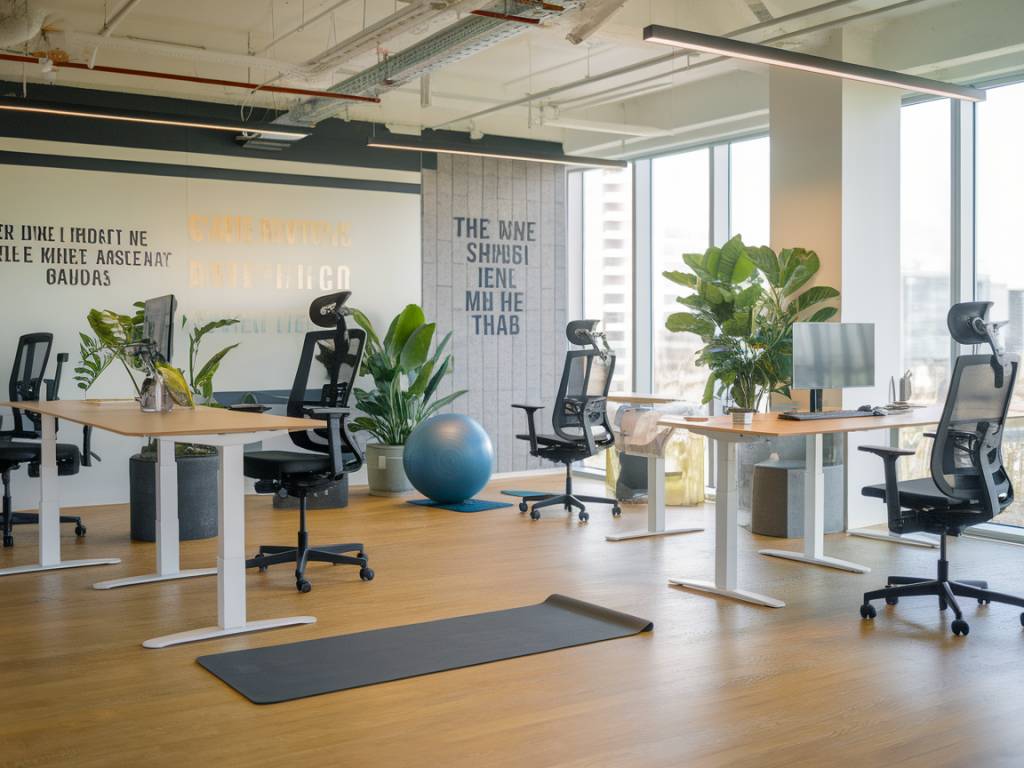Why Employee Well-being Matters More Than Ever
In today’s fast-paced work environment, employee well-being often becomes an afterthought. However, prioritizing wellness is not just a feel-good initiative; it’s an investment in productivity and sustainability. Does a happy employee make a difference? You bet! Healthy employees mean fewer sick days, higher morale, and ultimately, a thriving business. So, how can businesses effectively protect employee well-being with the latest health solutions? Let’s dive in.
Embrace the Power of Technology
Ah, technology. It’s both a blessing and, occasionally, a curse. But in the realm of health solutions, it’s nothing short of transformative. Wearable technology, for example, is revolutionizing how employees monitor their health while working. Imagine a smartwatch that not only counts steps but also alerts you when sitting time reaches an unhealthy level. Fascinating, right?
Companies are leveraging these tools to encourage movement and regular breaks, thereby reducing stress and improving physical health. Let’s not forget mental health apps that offer meditation reminders or stress management techniques at the touch of a button. The future is here and it’s wearing a watch!
Innovative Spaces for a Healthier Workplace
Gone are the days of rigid cubicle farms. Modern businesses are designing innovative workspaces that promote well-being. Think standing desks, yoga mats, and even nap pods. Yes, you heard it right—nap pods! They might seem like something out of a sci-fi movie, but they can make a tangible difference in employee energy levels and concentration.
Consider the example of a tech startup that replaced all traditional desks with adjustable standing desks. After an initial adjustment period, employees reported less back pain and higher energy levels. Anecdotes like these reinforce that the environment you work in greatly impacts your health and performance.
Focus on Mental Health Initiatives
Mental health is the elephant in the room that companies can no longer ignore. Approximately one in four people will experience mental health issues at some point, and workplaces are beginning to catch on. Offering mental health days, flexible work hours, or access to counseling services can go a long way in supporting employee mental well-being.
A company that prioritizes mental health creates a positive work culture. Imagine a scenario where employees feel safe to talk openly about mental health challenges. This kind of environment not only reduces stigma but fosters a community where employees look out for one another. Isn’t it incredible what a little understanding can do?
Nutritional Offerings: You Are What You Eat
Let’s not underestimate the power of a balanced diet. Companies are finding that what they offer in their cafeterias can have a significant impact on employee well-being. Healthier food options can lead to increased energy, better focus, and improved health outcomes.
Some companies have taken it a step further by providing nutritional workshops or consulting services to educate employees on making healthier eating choices. A healthier workforce is a happier one, after all. Who said you can’t have your kale and eat it too?
The Role of Physical Activity and Fitness Programs
Exercise is a cornerstone of good health, and forward-thinking businesses are integrating exercise into their daily routines. Corporate fitness challenges, on-site gyms, and subsidized gym memberships are just a few ways companies encourage physical activity among employees.
Consider a business that introduced a monthly step challenge. Not only did it foster some friendly competition, but it also increased team bonding and overall fitness levels. It turns out, the company that jogs together, stays together!
Seamless Integration of Work-Life Balance
Ultimately, protecting employee well-being involves more than isolated programs—it requires a holistic approach that includes work-life balance. Offering remote work options, flexible scheduling, and encouraging employees to disconnect after work hours are practices that nurture well-being.
Ponder this: An employee who feels their work-life balance is respected is more likely to be engaged, productive, and loyal. It’s a win-win situation that benefits both the employer and the employee.
Implementing Change: A Step-by-Step Guide
So, how can businesses start implementing these health solutions effectively? Here’s a simple guide:
- Identify the specific needs of your employees through surveys or focus groups.
- Explore technological tools and resources that can assist in meeting these needs.
- Develop and promote a culture that prioritizes health and well-being.
- Regularly assess and refine policies to stay ahead of evolving wellness trends.
Implementing these steps not only enhances employee well-being but also aligns your business with current health innovations, ensuring a healthy, happy workforce ready to tackle the challenges ahead.
As businesses navigate the evolving landscape of employee health solutions, remember: A small investment in well-being can yield significant dividends. After all, in the balance of work and life, health always tips the scales in favor of success!

